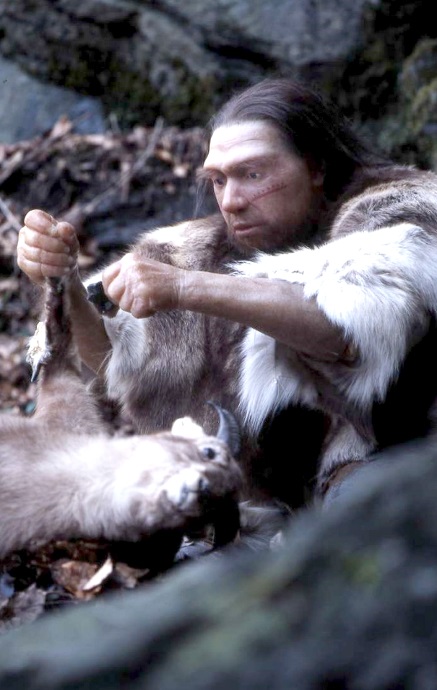Needles linked to early identity
 Researchers have investigated what could be the origin of fashion.
Researchers have investigated what could be the origin of fashion.
A recent study suggests that eyed needles, first appearing approximately 40,000 years ago, were a significant technological advancement used to embellish clothing for social and cultural purposes.
This marks a shift in the role of clothing from mere protection to an expression of identity.
The study reinterprets evidence from recent archaeological discoveries to trace the development of clothing from basic protection to a means of social expression.
Initially, humans used stone tools to prepare animal skins for thermal insulation. The introduction of bone awls and eyed needles enabled the creation of fitted and adorned garments.
Eyed needles, distinguished by a perforated hole for sewing sinew or thread, facilitated the production of more complex clothing and the attachment of decorative items.
“What intrigues me is the transition of clothing from being a physical necessity in certain environments, to a social necessity in all environments,” says Dr Ian Gilligan, an Honorary Associate in Archaeology at the University of Sydney.
He says that the earliest eyed needles, more intricate to make than bone awls, signified an evolution towards complex, layered, and decorated clothing.
“Clothing up until the last glacial cycle was only used on an ad hoc basis,” Dr Gilligan says.
The appearance and disappearance of classic tools such as hide and stone scrapers during various ice age phases support this.
Eyed needles, however, indicate a shift in clothing usage, especially in colder parts of Eurasia during the latter part of the last ice age, where traditional body decoration methods like ochre painting or scarification were not feasible due to the constant need to wear clothes.
The research claims that clothing evolved to serve not only protective and comfort functions but also social and aesthetic roles.
The regular wearing of clothes facilitated the formation of larger, more complex societies, allowing people to move to colder climates and maintain social cohesion through shared clothing styles and symbols. This evolution in clothing contributed to sustainable lifestyles and enhanced the long-term survival of human communities.
Dr Gilligan's future work aims to explore the psychological effects of wearing clothes, beyond their physical and social functions.
“We take it for granted we feel comfortable wearing clothes and uncomfortable if we're not wearing clothes in public,” he said.
“But how does wearing clothes impact the way we look at ourselves, the way we see ourselves as humans, and perhaps how we look at the environment around us?”







 Print
Print